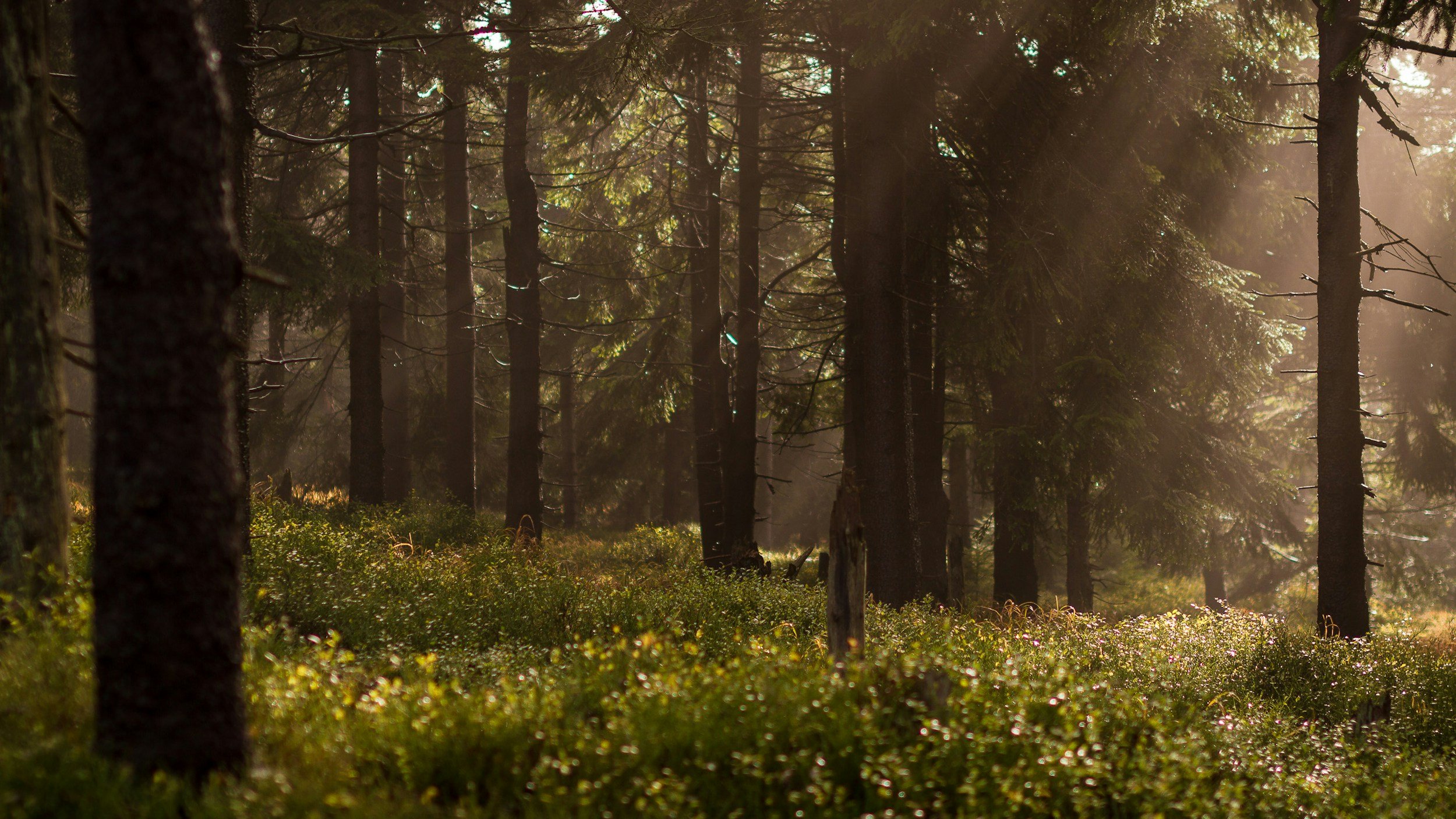
our blog
Field Journal
a collection of resources, reflections, and design stories

Stewards in the Making
In a South Jersey schoolyard, a group of fifth graders co-designed a pollinator garden from the ground up. Through soil testing, wild sketches, native plant research, and muddy hands, they created more than just a garden — they built a living classroom, a shared project, and a small act of ecological care. Learn how we supported these young ecological designers in bringing their vision to life.

What the Lawn Remembers
In neighborhoods across America, the lawn is everywhere… and yet barely noticed. It’s a symbol, a surface, a habit. But what if we started seeing it differently? In this reflection from a landscape designer's balcony, we explore the emotional, ecological, and cultural story of the lawn—from Easter egg hunts and outdoor theater to monocultures, displacement, and design futures rooted in care. This is an invitation to see lawn not as default, but as decision.

From Lawn to Living Landscape
What started as a simple request—replacing a patchy, underperforming lawn—quickly became an opportunity to create something more meaningful. Instead of forcing grass to grow where it clearly didn’t want to, we reimagined the space as a thriving native garden, designed to work with the land rather than against it.

Unexpected Beauty
In North America, orchids are often associated with delicate beauty, tropical climates, and exotic flowers. The widespread availability of Phalaenopsis (Moth Orchids) in grocery stores over the past decade has somewhat diminished their mystique, yet they are still perceived as foreign species, cultivated for regions where they do not naturally thrive. However, orchids are not as foreign as many might think. In New Jersey alone, there are 50 native orchid species, and across the tri-state area, more than 70 species can be found.

Butterflies Aren’t Picky—We Are
So how do we embrace these "messy" ecosystems—not just as acceptable, but as beautiful? How can we shift from rejecting functional, life-giving landscapes to celebrating them? By unpacking both our biological instincts and cultural conditioning, we can begin to design a new aesthetic: one that frames hope, resilience, and a thriving future.